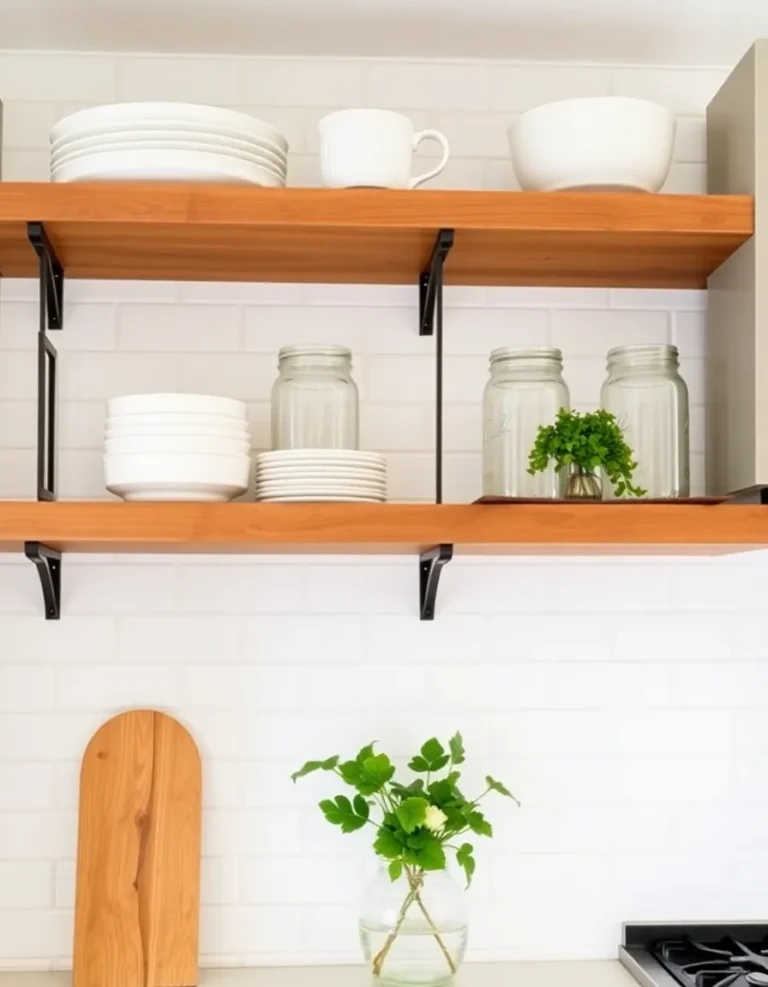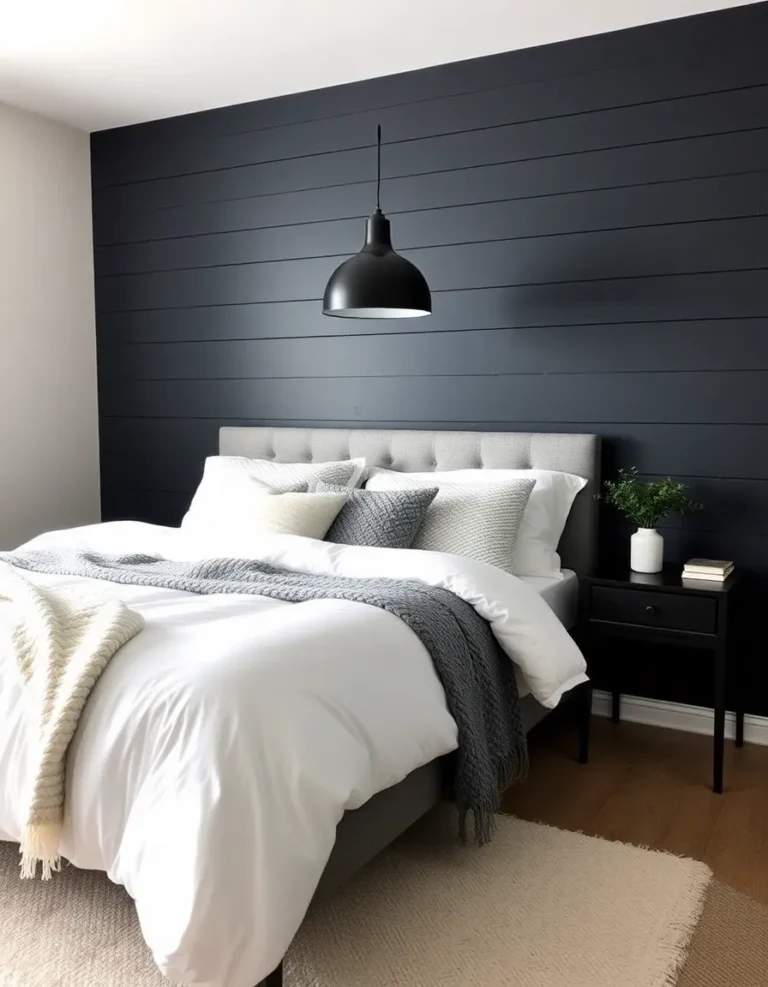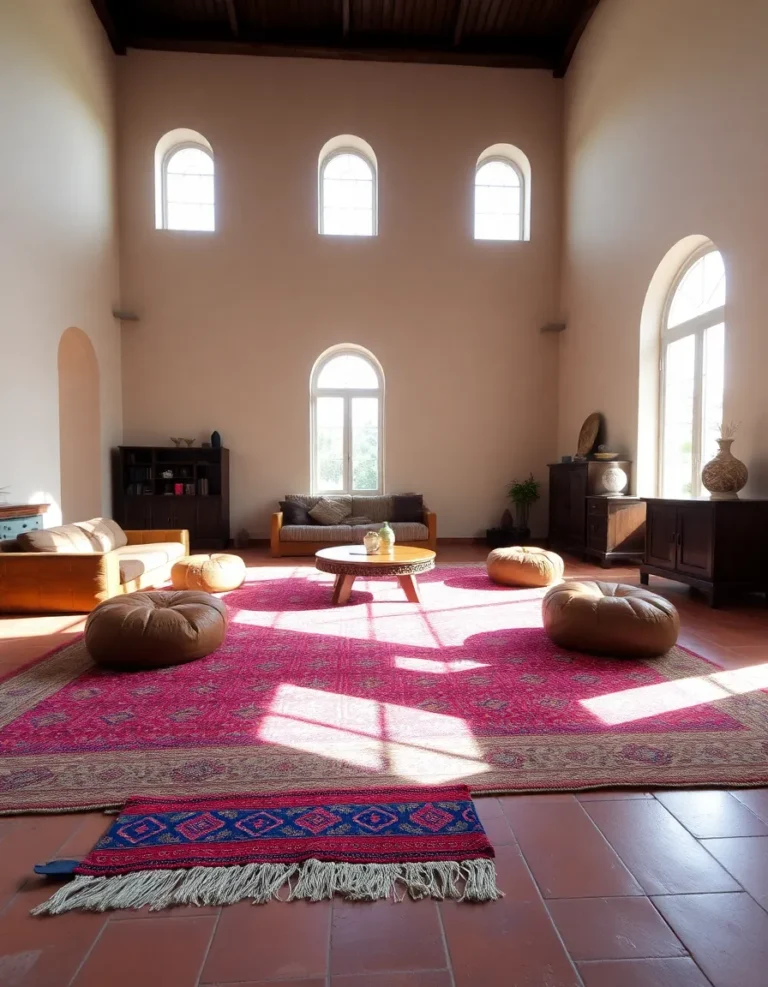Exterior Materials: Stone, Wood, and Steel in Harmony
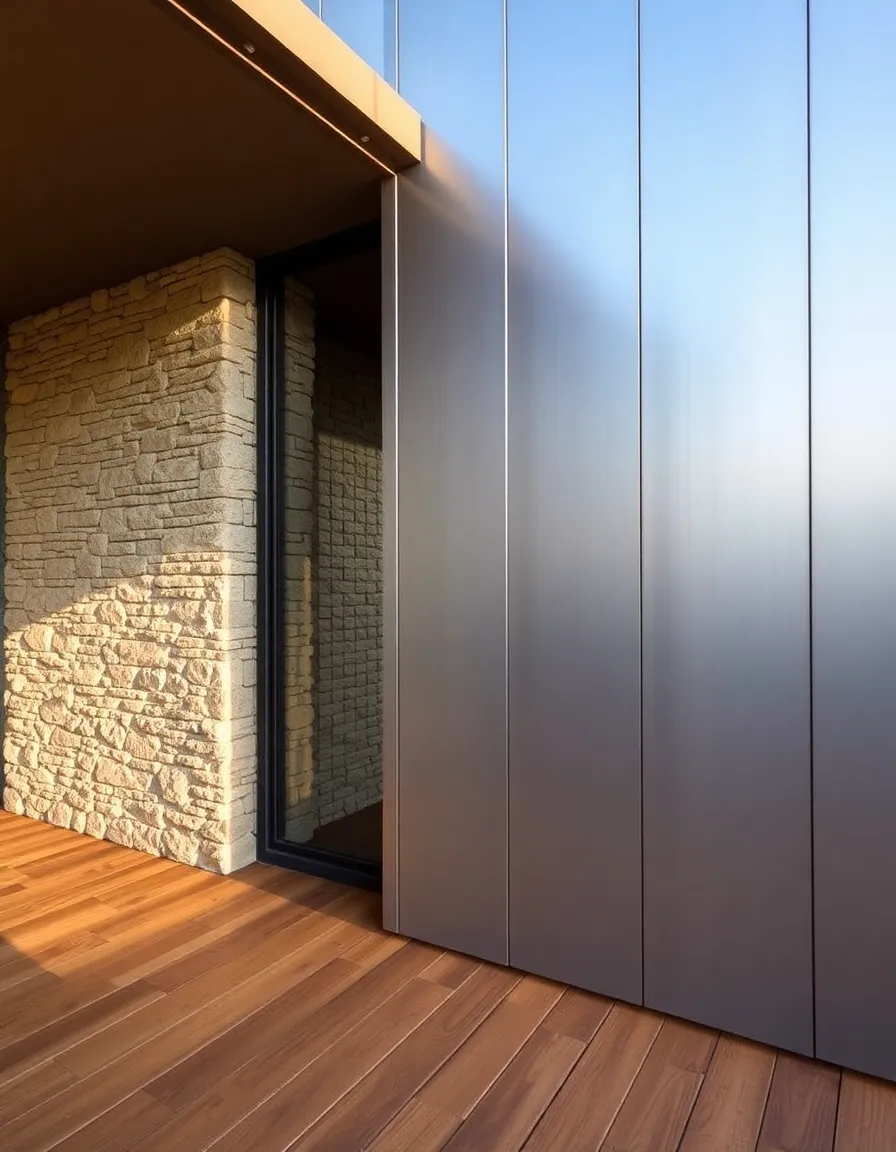
Hey there, fellow design enthusiast! If you’ve ever stood in front of a building and thought, “Wow, that combo of stone, wood, and steel just *works*,” then you’re in the right place. There’s something undeniably magnetic about these three materials when they come together—like a perfectly balanced trio in a band where no one’s hogging the spotlight. But how do you make them play nice? And why do some combinations look effortlessly chic while others scream “identity crisis”? Let’s break it down, shall we?
I’ve spent years obsessing over exteriors—yes, I’m that person who stops mid-walk to snap a photo of a particularly sharp facade. And let me tell you, nailing the harmony between stone, wood, and steel isn’t just about slapping them together. It’s about texture, contrast, and a little bit of rule-breaking (the fun kind, not the “why would you do that?” kind). So grab your coffee, and let’s geek out over materials that make architecture sing.
1. The Timeless Allure of Stone
Stone is the OG of building materials—reliable, sturdy, and somehow always in style. Whether it’s rugged fieldstone or sleek marble, it brings instant gravitas to any exterior. But here’s the thing: stone can easily go from “rustic charm” to “medieval fortress” if you’re not careful. The trick? Pair it with materials that lighten the mood.
Take modern farmhouses, for example. A stone base paired with wood siding softens the look, making it feel grounded but not heavy. Or go ultra-contemporary with steel-framed windows cutting through a stone wall—suddenly, that ancient material feels fresh and edgy. And let’s not forget about texture. Rough-hewn stone next to smooth steel? Chef’s kiss.
Ever noticed how stone seems to change color throughout the day? That’s its magic. In the morning sun, warm-toned limestone glows like honey, while steel stays cool and neutral. By sunset, the shadows carve out every crevice, turning the whole facade into a sculptural masterpiece. Nature’s own lighting designer, IMO.

2. Wood: The Warmth Bringer
Wood is the ultimate wingman—it makes everything else look better. Too much steel? Add wood. Stone feeling cold? Wood’s got your back. But not all wood is created equal. Cedar’s rich grain works wonders with steel’s industrial vibe, while lighter woods like ash keep things airy and Scandinavian.
Here’s a pro tip: direction matters. Horizontal wood siding stretches a facade, making a small house feel wider. Vertical planks? They’ll give the illusion of height. And if you really want to play with perception, mix both. Just don’t go overboard, or you’ll end up with a Pinterest fail.
My personal favorite? Charred wood siding (shou sugi ban, if you want to sound fancy). Paired with raw steel, it’s moody, dramatic, and weirdly low-maintenance. Plus, it smells like a campfire for a few weeks—bonus points if you’re into that. But even traditional stained wood can hold its own. Picture a cedar-clad entryway with a steel-framed door. It’s like the materials are shaking hands, saying, “Yeah, we got this.”
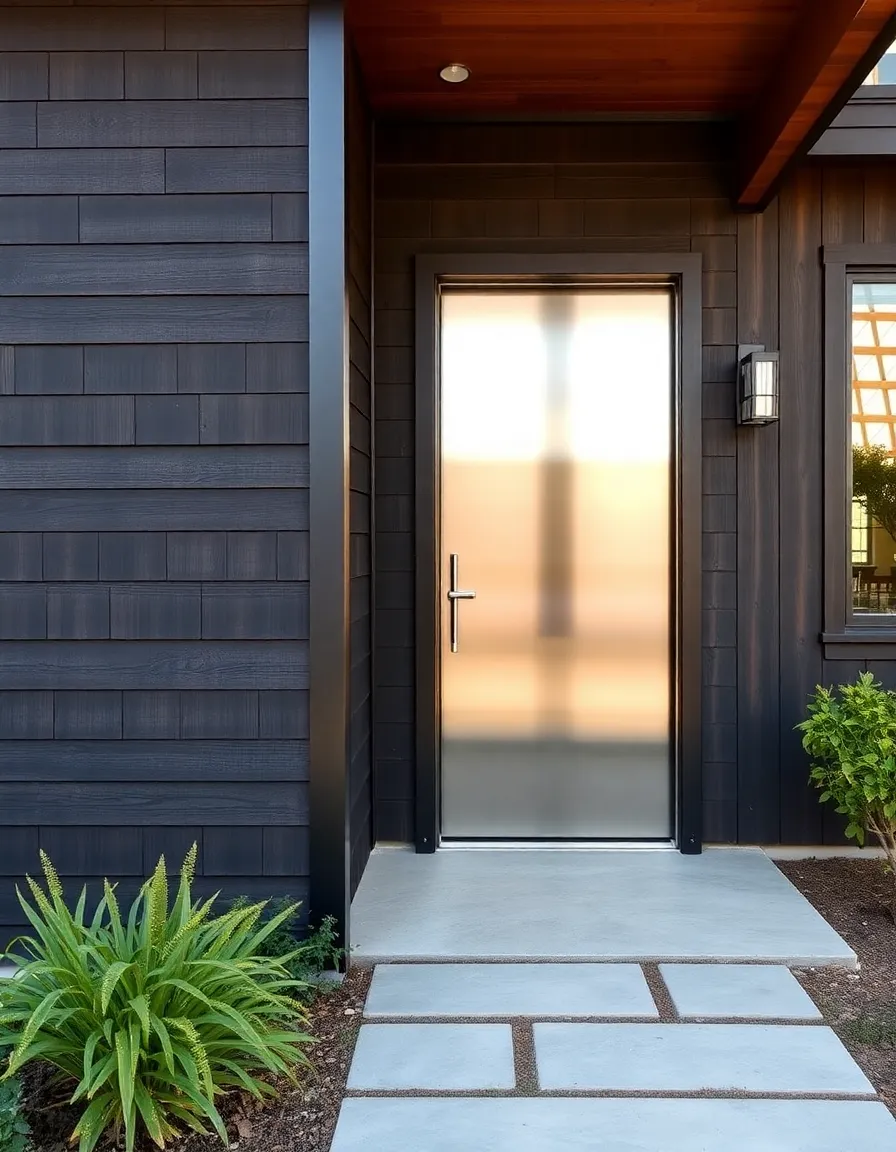
3. Steel: The Modern Maverick
Steel doesn’t just enter a room—it kicks the door down. It’s bold, unapologetic, and when used right, it can make an entire design feel intentional. But here’s the catch: too much steel can turn your home into a warehouse. The secret? Use it as punctuation, not the whole sentence.
Think steel beams framing a wooden pergola, or slender window mullions dividing up a stone wall. Even something as simple as steel gutters against a wood facade can add just enough edge. And let’s talk about weathering. Corten steel, with its rusty patina, is like the leather jacket of materials—it only gets better with age. Pair it with smooth stone, and you’ve got a combo that’s both rugged and refined.
Fun fact: steel reflects light like nobody’s business. On a sunny day, those reflections can dance across wood or stone, adding movement to an otherwise static surface. It’s like your house is winking at you. Or maybe I’ve just stared at too many buildings. 🙂

4. The Art of Balancing All Three
Now, the million-dollar question: how do you balance stone, wood, *and* steel without it looking like a design committee threw darts at a mood board? The answer lies in hierarchy. Pick one material as the star, and let the others support it.
For example, a stone-clad lower level with wood above and steel accents (think railings or roof details) creates a natural flow. Or flip it: steel structure, wood infill, and stone just at the base. The key is repetition—if you use steel for the front door handle, echo it in the light fixtures or mailbox. It’s the little things that make a design feel cohesive.
And don’t forget about proportions. A giant stone wall with a tiny steel window looks off unless you’re going for “castle chic.” But a balanced ratio—say, 60% wood, 30% stone, 10% steel—usually hits the sweet spot. Of course, rules are made to be broken. Sometimes the most striking designs come from throwing the playbook out the window.

So there you have it—stone, wood, and steel, the holy trinity of exterior materials. When they work together, it’s like watching a perfectly choreographed dance. And the best part? There’s no single “right” way to do it. Whether you’re into minimalist modern or rustic-industrial, these three can adapt to your vibe. Now go forth and build something that makes people stop mid-sidewalk. Just don’t blame me if you develop a newfound obsession with facades.

